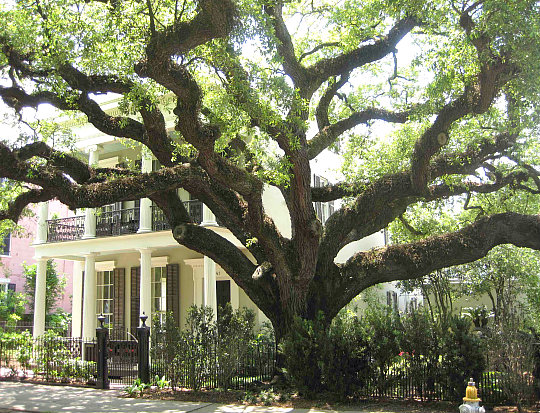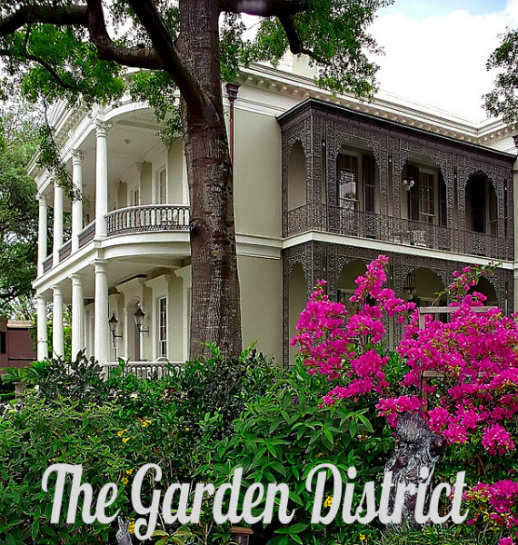| New Orleans is a city of wonderful neighborhoods - each rich in its history, unique culture and interesting architecture. Some visitors mistakenly believe that the French Quarter is the only historic neighborhood worth touring. |
| One neighborhood I always tell visitors not to miss is the Garden District, an area featuring one of the most dazzling displays of mid-1800's mansions (of every conceivable architectural style!) to be found anywhere. This is where the wealthy Americans of the early-mid-1800's came to stake their claim to the city - fleeing the |
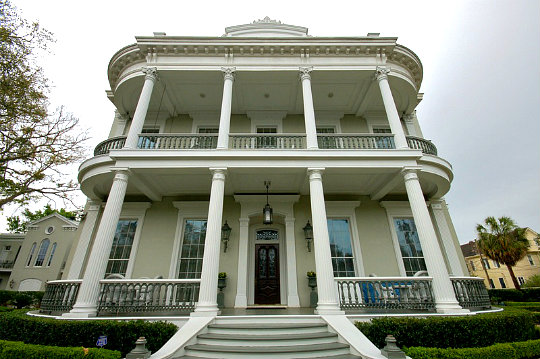
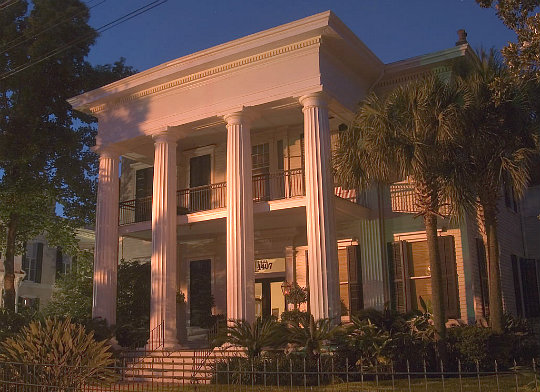
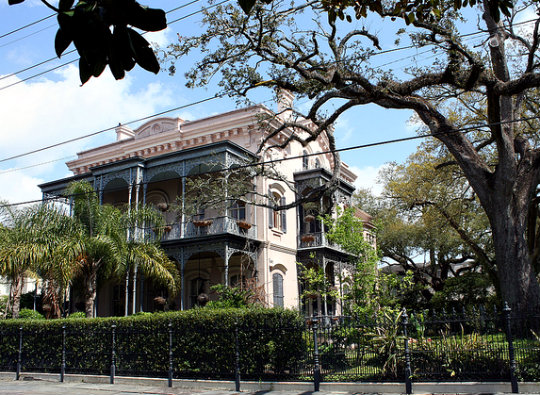
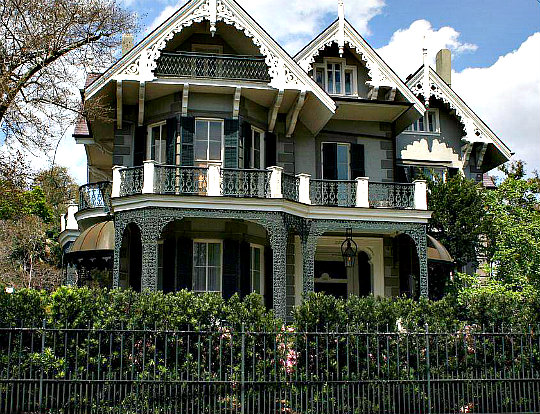
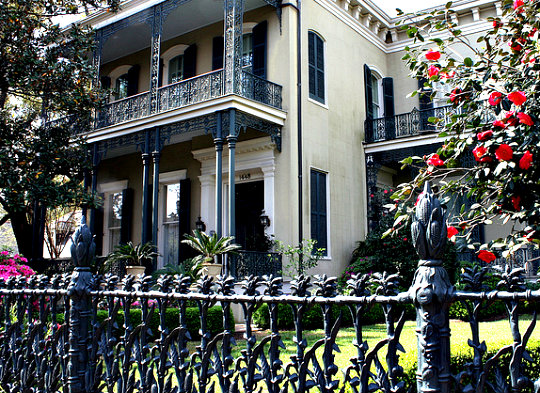
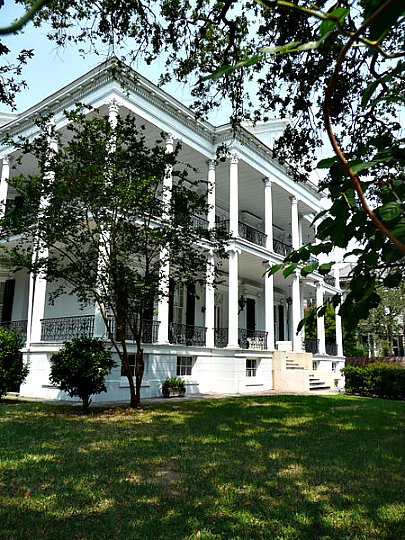
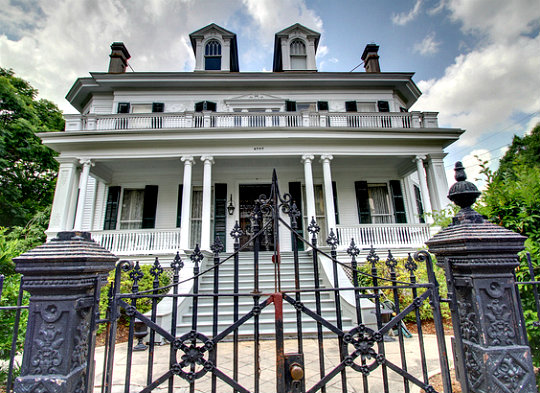
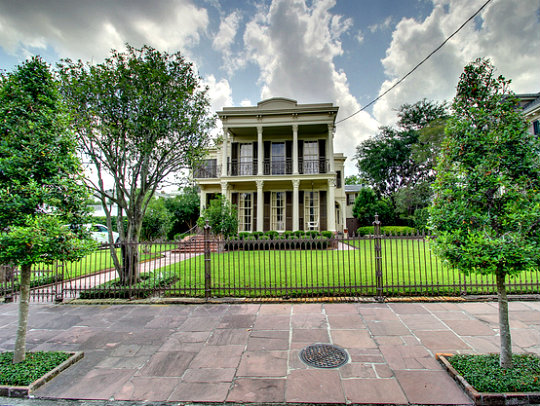
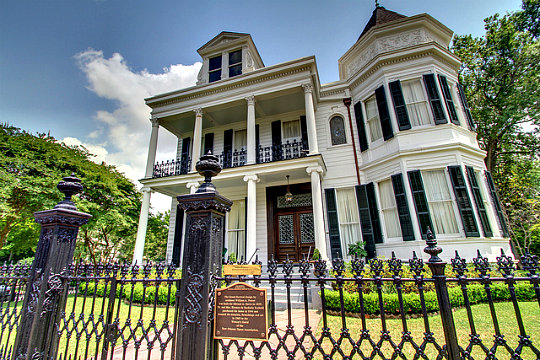
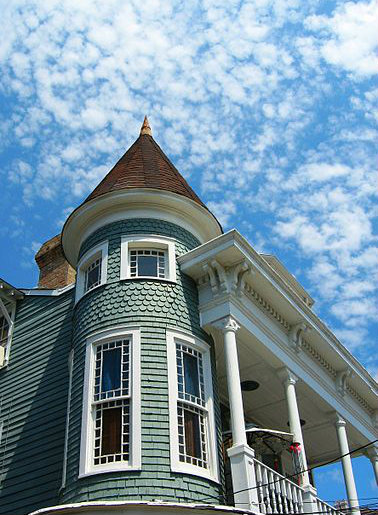
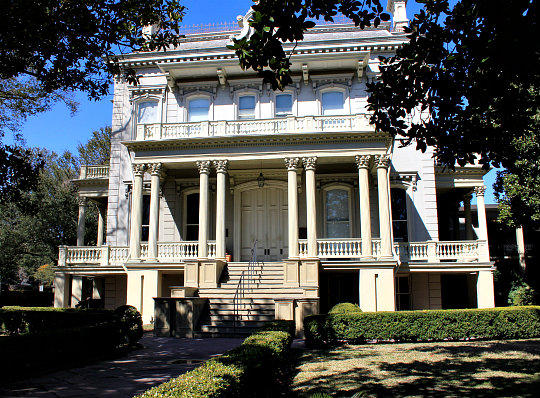
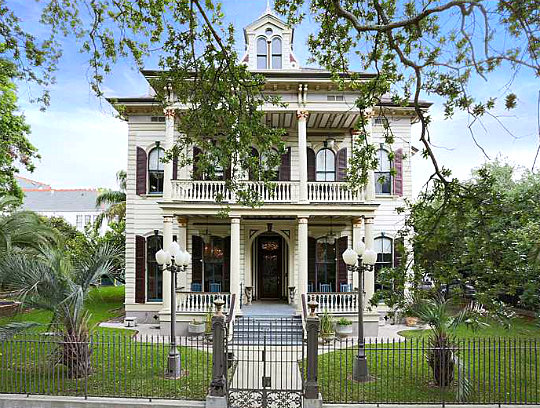
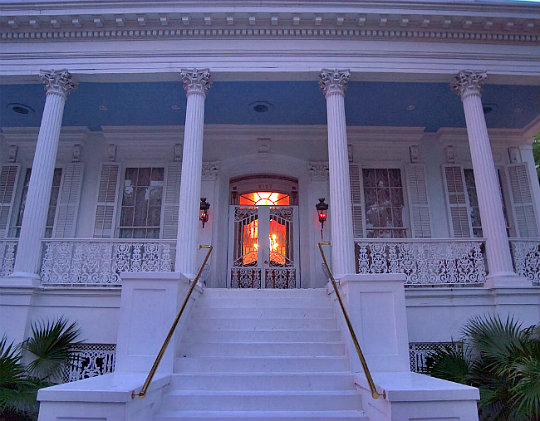
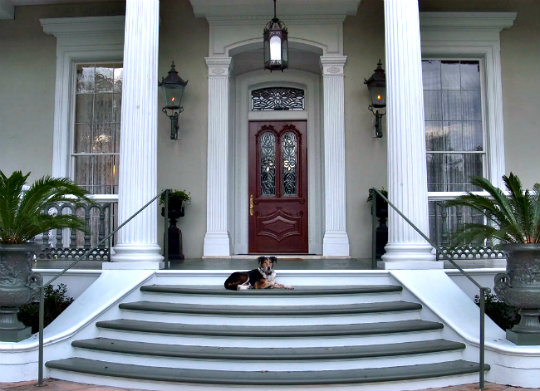
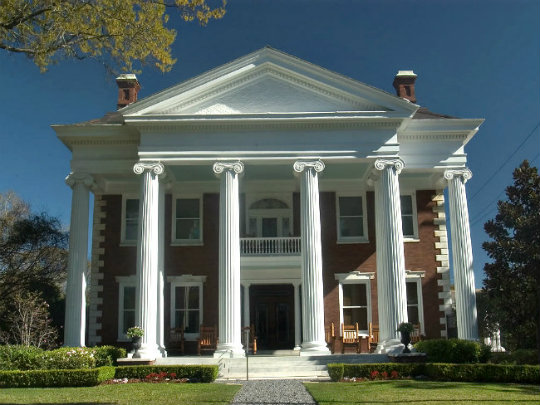
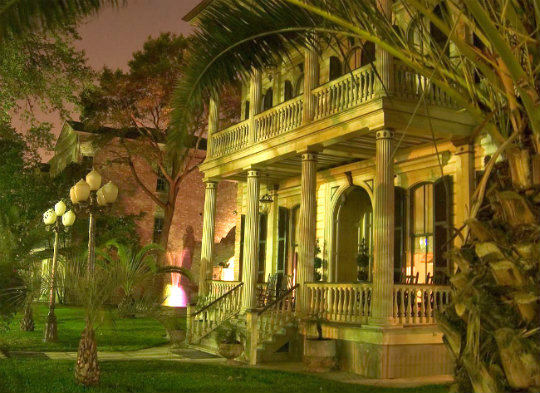
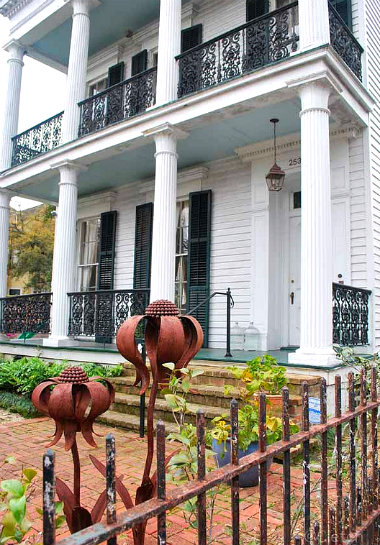
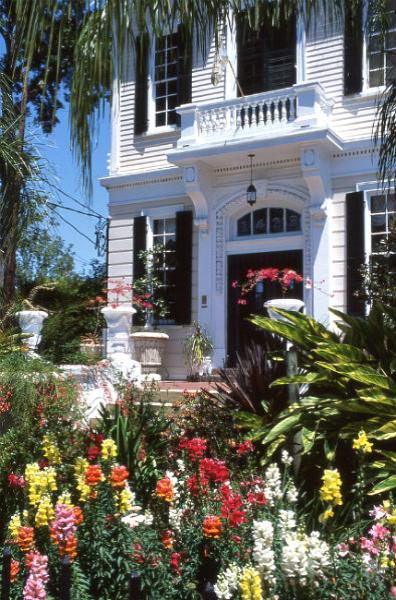
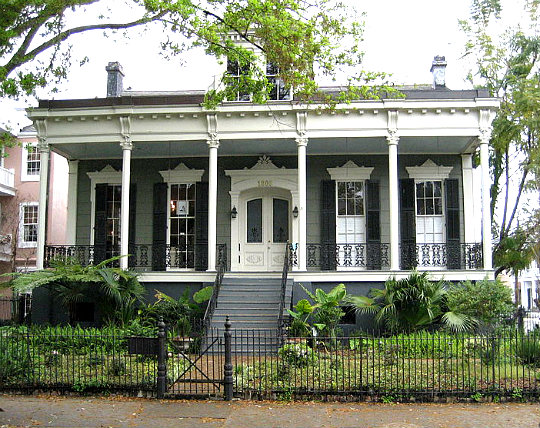
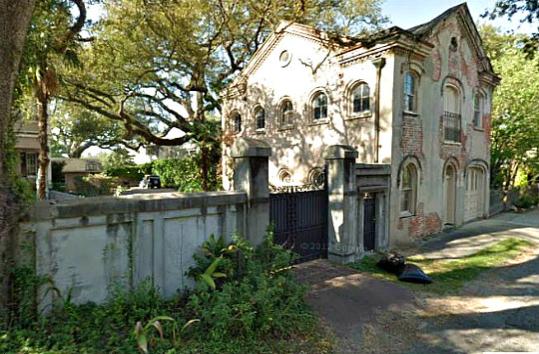
| Nothing could be further from the truth! The Garden District, Marigny, Algiers, Esplanade Ridge, Bywater, the Arts District, Treme, Lakeshore, Carrollton - and more - all feature their own treasure trove of historic and architectural gems. |
| old French Quarter and the French Creoles who didn't appreciate the American "invasion." Here, they tried to outdo each other, every new mansion larger and more lavishly appointed than the one before it. From Frederick Starr, author of "Southern Comfort: The Garden District of New Orleans": |
| "The ancient trees, the blocks upon blocks of great houses miracuously preserved against fire, the wrecker's ball and hurricanes. The sense of continuity is all but overwhelming. The Garden District is a settled haven of stable aristocracy." |
| It's not surprising that most of the neighborhood is on the National Historic Landmark list. If history, architecture or old-fashioned elegance is your cup of tea, the Garden District will capture your heart. No doubt about it. -- Nancy |
| It was the Creoles who gave the neighborhood its name. They were offended by the ostentatiousness of the Americans, not only because of the extravagance of their houses, but, also, their large front gardens. |
| There's no shortage of architectural styles in the Garden District: Greek Revival, Georgian, Italianate, Colonial, Victorian, Gothic Revival and some influenced by French and Spanish design. They all co-exist comfortably. Over a hundred years ago, Mark Twain said of the neighborhood, "No houses could be in better harmony with their surroundings." I believe he'd agree that the same can be said today. |
| The Creoles hid their gardens in private courtyards and thought that having such a conspicuous front garden was both improper and immodest. They started calling the American sector "the Garden District" as a rebuff. |
| Above is the home of quarterback Archie Manning and his wife, Olivia; the house where quarterbacks Peyton and Eli Manning grew up. |
| A lot of tourists stop to see the cornstalk fence at Col. Short's house on Fourth Street (above). Morning glories are entwined with the cornstalks at the base of the fence. |
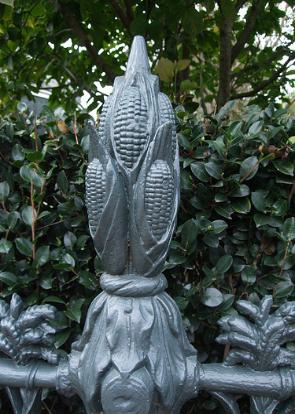
| The Carroll-Crawford house above is one of several houses in the Garden District which still has its original carriage house (below). The house was constructed in 1869 and known for the lavish parties given by its owner, Joseph Carroll. Mark Twain was a friend of Mr. Carroll's and often visited. |
| The story goes that the Colonel (who had the home built in 1859), installed the cornstalk fence for his wife, who was homesick for Kentucky. |
| There are intricately designed wrought-iron gates and fences throughout the city -- most notably in the French Quarter, but in other neighborhoods, as well. The Garden District has many fine examples of distinctive "iron lace." |
| Actress Sandra Bullock purchased the house pictured above several years ago. The house was built in 1876 for U.S. Senator James Eustis. |
| The link to this page is: http://old-new-orleans.com/NO_Garden_District.html |
| A related page you might enjoy: Old New Orleans Gates Back to Old New Orleans Whispers - Home |
| The house above has always been one of my favorites -- it's currently for sale for nine and a half million. (I checked my piggy bank, but found it to be just a little bit lacking. :-) |
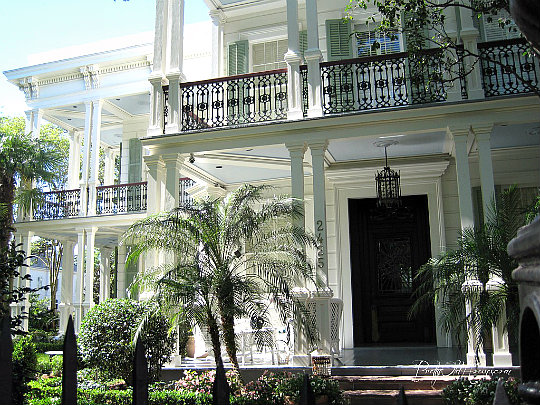
| Above is the home of one of New Orleans' favorite adopted sons, actor, John Goodman. In the 1800's, the house belonged to Joseph Merrick Jones, a doctor and professor of medicine at Tulane University; there's a hall named for him on Tulane's campus. |
